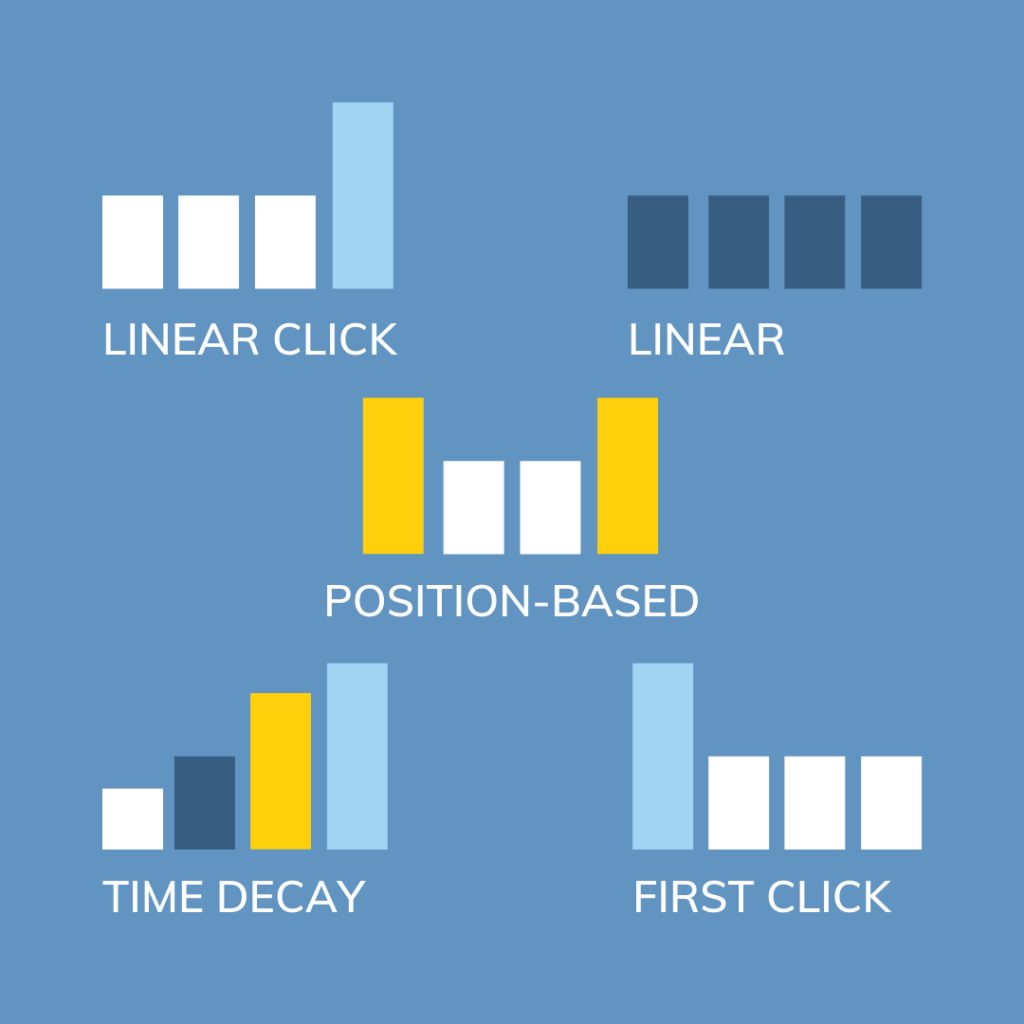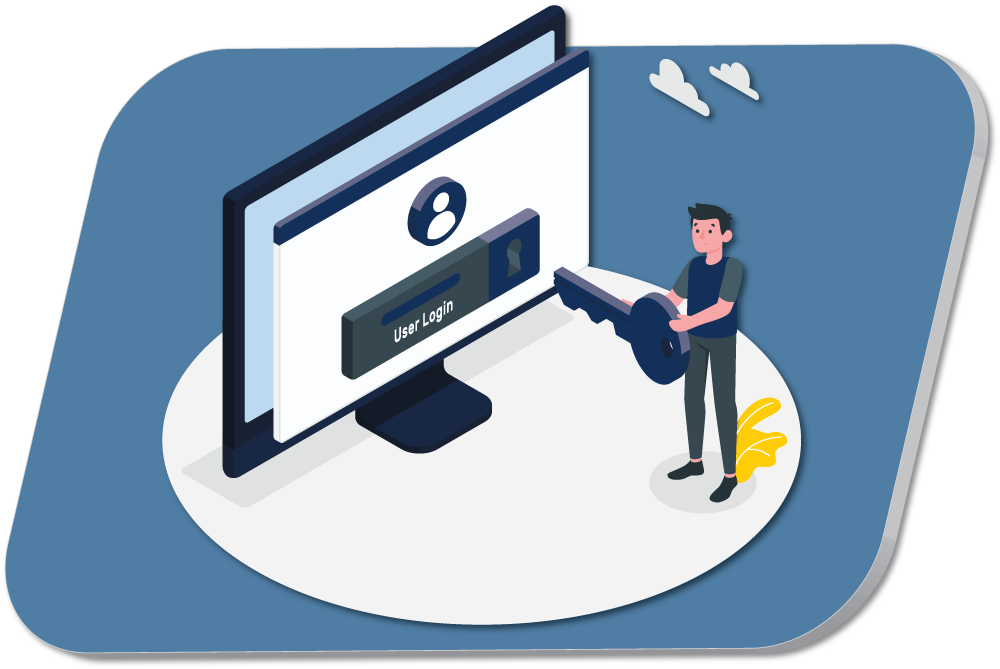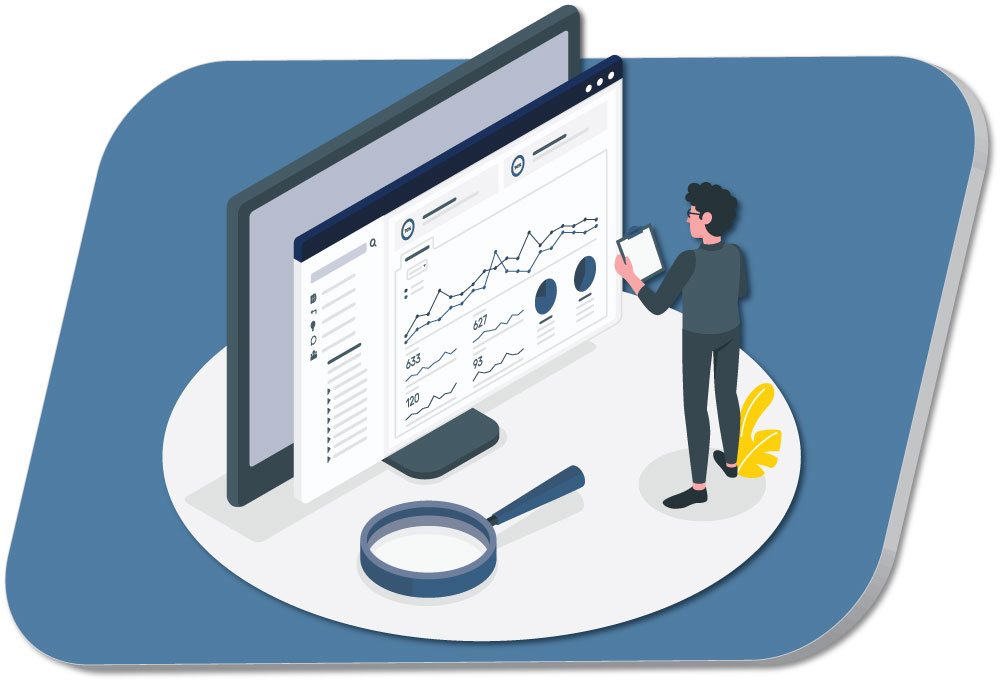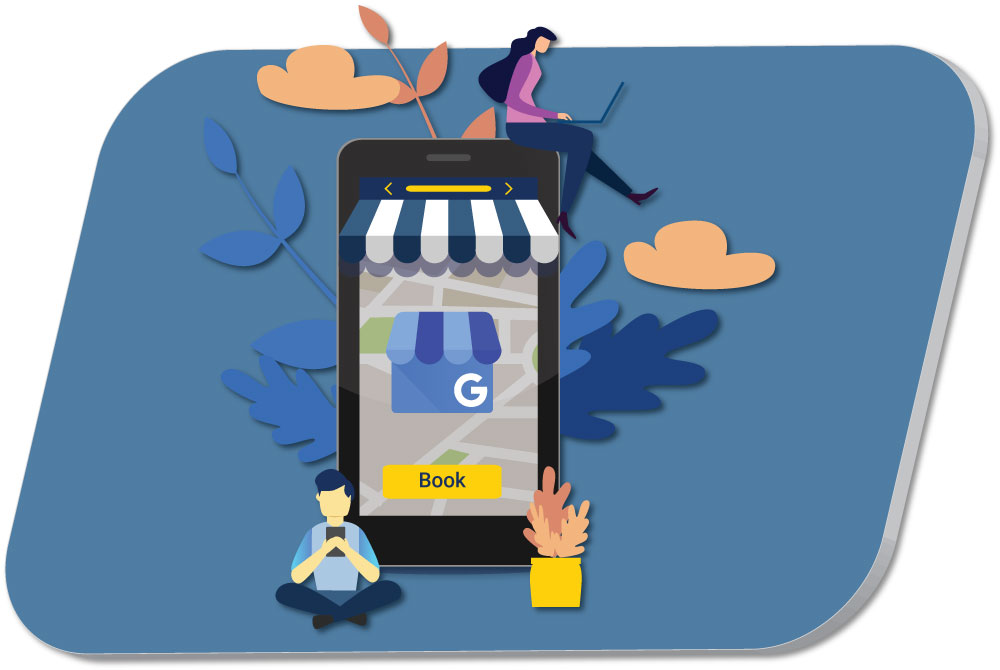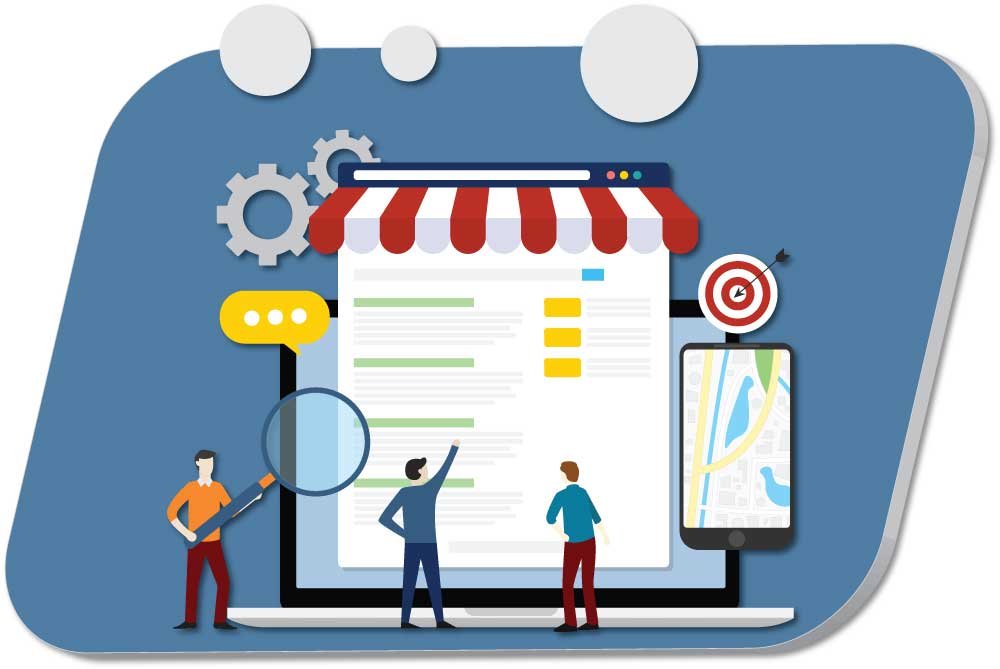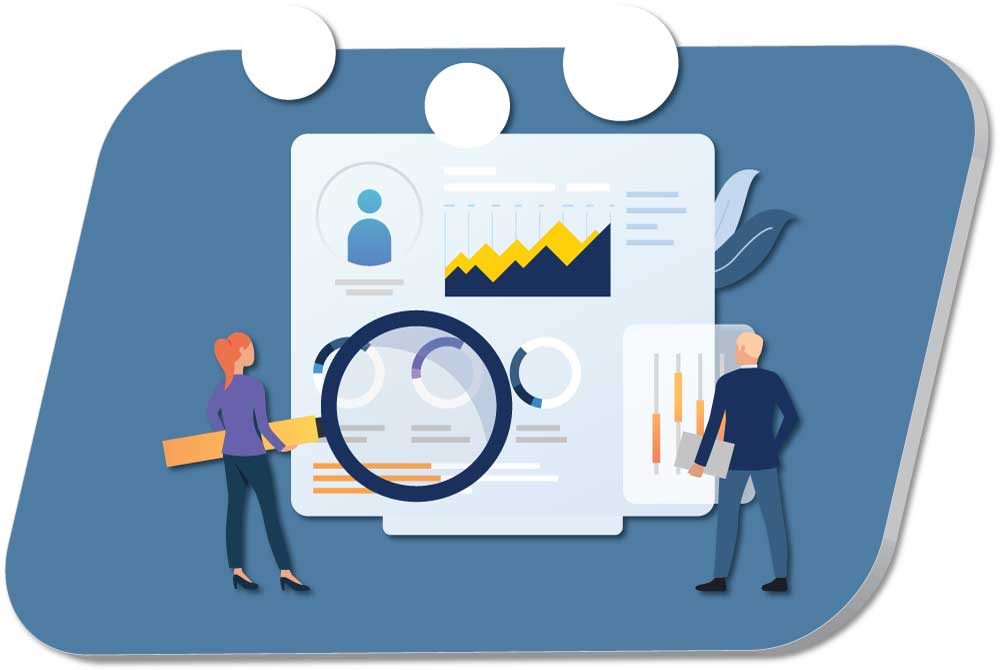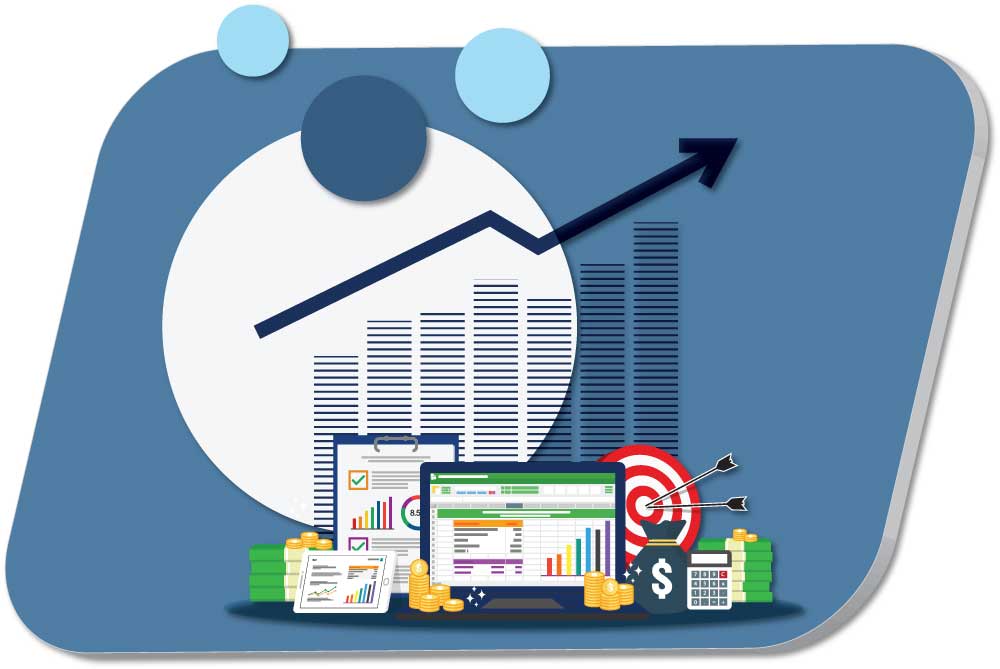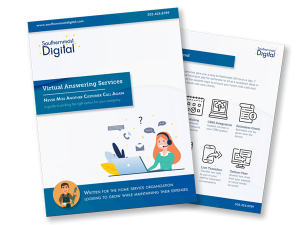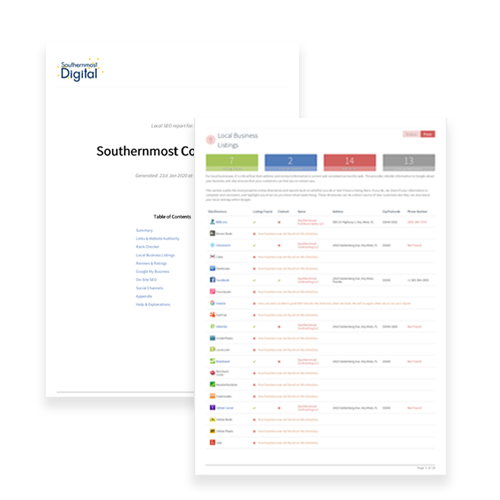Let’s say you have several marketing campaigns running, some paid search on Google & Bing, Facebook Ads, some display advertising, not to mention the efforts you put towards SEO, email marketing, and everything else you do. A Digital Marketing Attribution Model helps determine:
Who Gets The Credit
Let’s say a user makes a purchase on your website (your definition of a conversion) after doing some research about a product you sell by typing in your brand name to Google and clicking on your ad. Awesome, great job – count that as a conversion for your brand campaign and keyword.
But what happens to the campaign and generic keyword that they searched on a week ago to learn about your product? Doesn’t that deserve some love? Or the Facebook Ad they were shown after visiting your landing page? Even the display ads and YouTube videos they saw before finally searching on your brand name, don’t they deserve some love too?
It’s All About Digital Marketing Attribution Models
That’s where attribution comes in to play. Essentially, picking the proper attribution model for your marketing initiatives determines who receives credit for that sale, or lead, or any conversion.
Let’s say the scenario is:
- Interaction 1 (Branded Keyword) – A user performs a search for generic keyword on Google while watching TV on their mobile phone. They click on your ad, scope out your landing page, but don’t buy anything.
- Interaction 2 (Display/Remarketing Ad) – The user sees a remarketing display ad and clicks on it. They view your landing page, do a bit more digging, but still don’t buy.
- Interaction 3 (YouTube/Remarketing Ad) – They watch your YouTube ad (again – thanks to remarketing) but still don’t make a purchase.
- Interaction 4 (Branded Keyword) – They are doing their research, have a few brands in mind that they want to purchase from, and perform a search for your brand name while on their laptop. They click on your ad and view your landing page once again, but they still don’t pull the trigger. (Because they are signed in on both their mobile phone and laptop to their Google Account, Google knows it’s the same person.)
- Interaction 5 (Facebook Ad) – They are scrolling through their newsfeed on Facebook, stop to look at your ad, click on it and view your landing page. This time they sign up for a newsletter from you, but don’t buy anything. For some – this can count as a conversion, but you’re still looking for a sale.
- Interaction 6 (Direct Click) – Later that night, they type in your website directly and make their purchase – congrats, you’ve made a sale!
This scenario has 6 total interactions: 1 Google search for a generic keyword, 1 Google search for a branded keyword, 1 display ad, 1 YouTube ad, 1 Facebook ad and 1 direct click.
Different Attribution Models
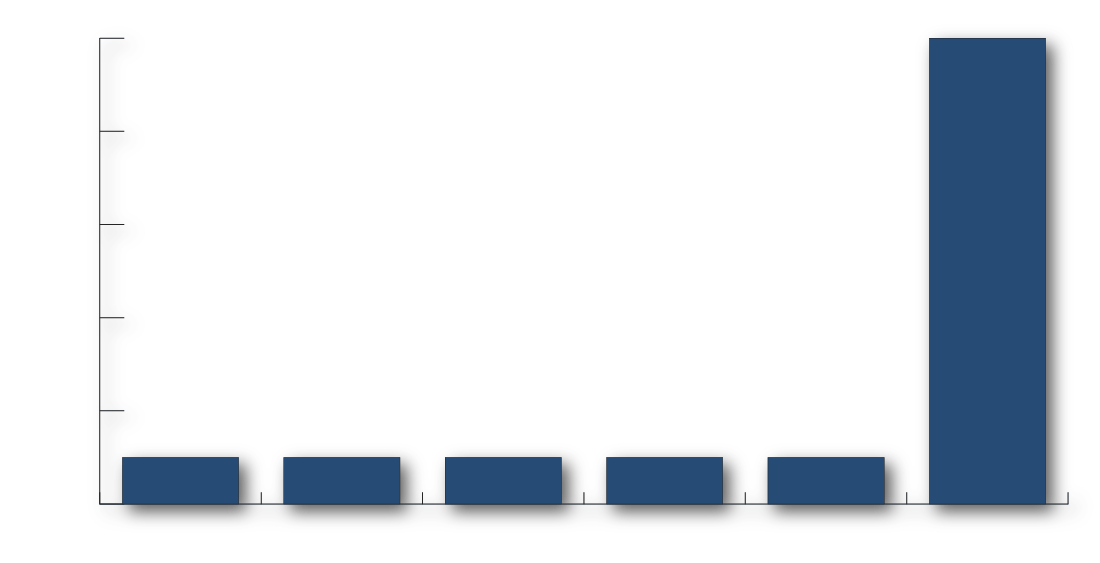
Last Interaction
This gives all of the conversion love to the last interaction your buyer had before making their purchase, in this case, typing in your website directly to their browser. No love to any of your paid marketing efforts.
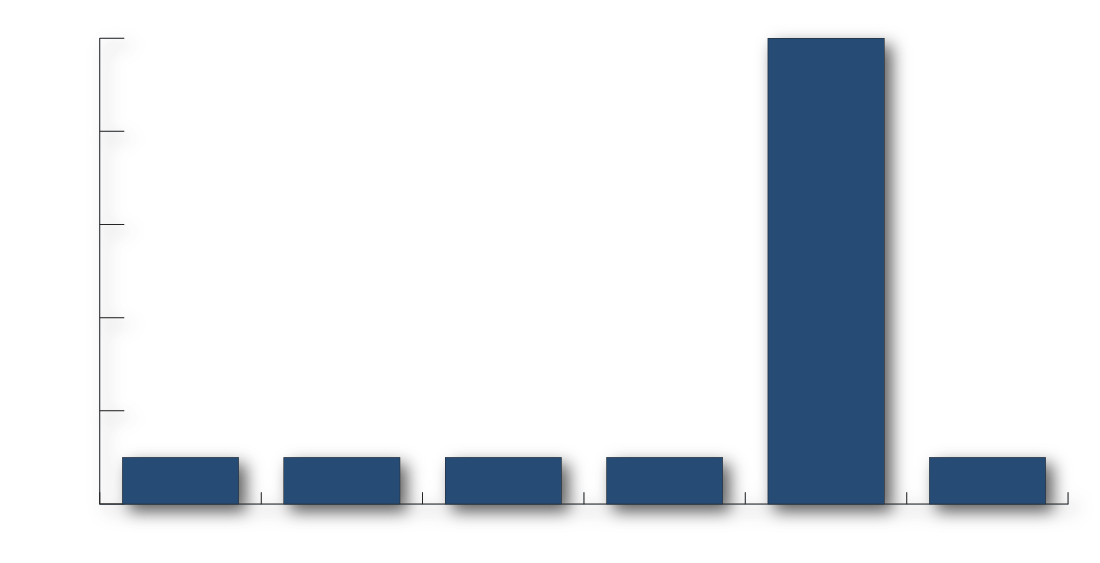
Last Non-Direct Click
This option gives all of the love to the last touchpoint that wasn't a direct click. In this instance, your Facebook Ad receives all of the love.
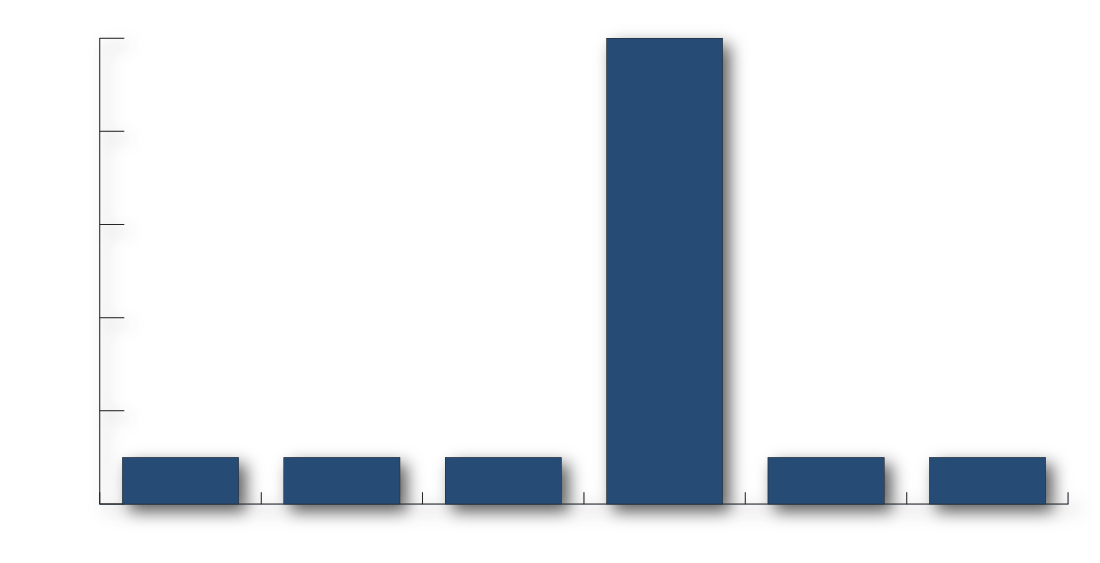
Last Google Ads Click
This option will give all of the credit to the last click from a Google ad. In this instance, your branded keyword would receive 100% of the conversion.

First Interaction
This model wants to give all of the conversion value to the first interaction in the purchase journey that essentially introduced the user to your brand and/or product. In this case, that generic keyword they initially searched for would receive 100% of the credit.
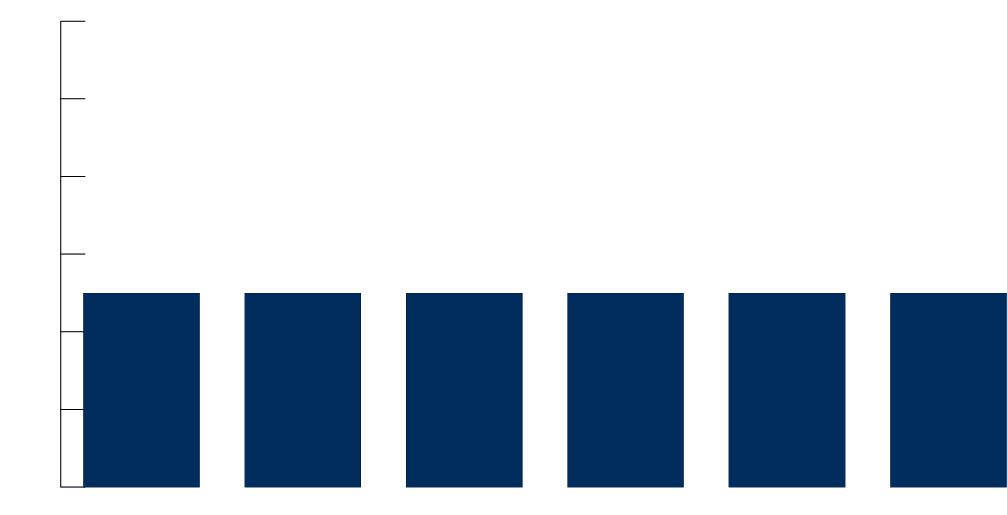
Linear Model
This model does its best to even things out by giving credit to each touchpoint along the way. In this case, each touchpoint here would receive 16.6% of the credit.
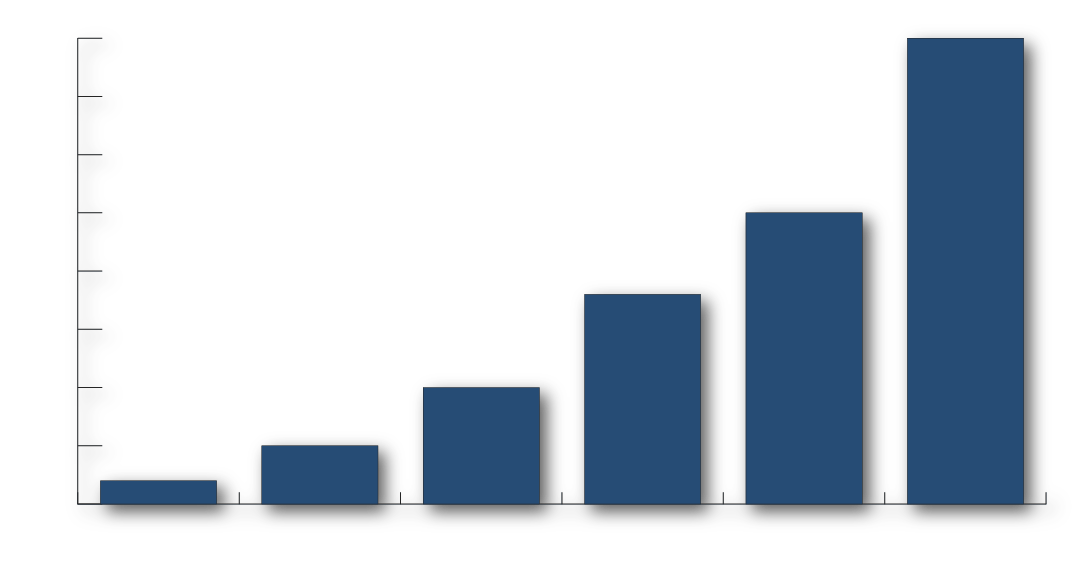
Time Decay
The touchpoints closest to the sale receive the bulk of the credit - with those further away receiving less and less.
Note the above numbers are estimates – Google has their own algorithms to determine actual percentages – the time decay model has a half-life of 7 days, so an interaction 7 days before the conversion receives 1/2 the credit, and an interaction 14 days prior would receive 1/4 the credit.
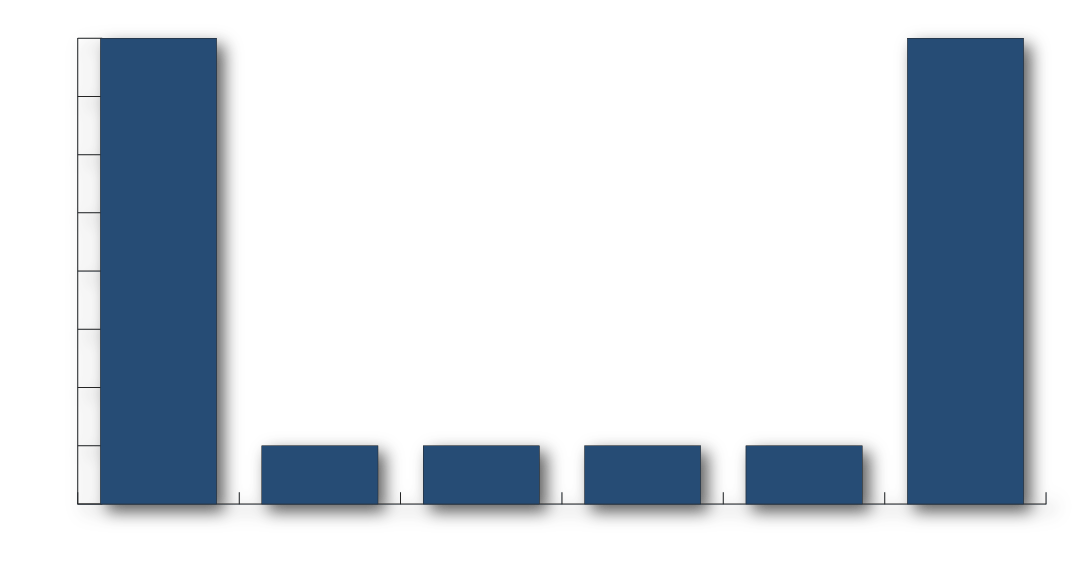
Position-Based
In position-based, 80% of the credit is split between the first and last interaction, with the actions between sharing 20% of the credit.
As a marketer, when deciding where to allocate your marketing dollars for your next budget, you can see how picking the right attribution model is extremely important. For some of these scenarios, it would appear that Facebook has little influence in your marketing efforts, while others cut out your paid marketing efforts altogether.
So Which Model Is Right For You?
That all depends upon your business, your website, and your marketing initiatives. In general, there are no PERFECT models, just ones that are better than others.
In my opinion, I like the position-based model as that gives credit to all of the touch points, yet gives a lot of the love to the interactions that introduced your customer to your product/service and the one that finally convinced them to act.
What’s most important as a marketer is to understand the difference between each model and that certain models may give more or less credit towards different marketing initiatives.
The exciting part is that, as digital marketers, we are able to see this data clearly as opposed to running TV spots, radio ads, or print ads where much of this is left to estimations based upon the overall brand lift you see.
Use Google Analytics To Set Your Model
It’s really best to set your attribution model within your analytics platform and not within each medium. In the above examples, they are assuming that this is done using Google Analytics.
If, however, you had an attribution model set up in Facebook and Google Ads, they would both be giving 100% of the credit to their respective platform, so you would actually see two conversions in your report, one reported by Google and one by Facebook – but only one sale.
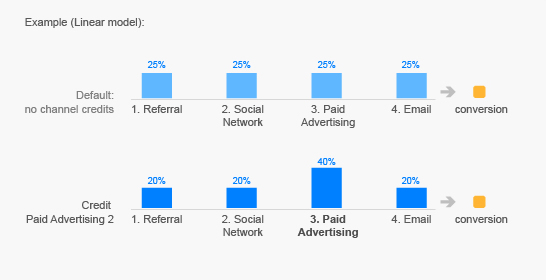
Try Out Google's Model Comparison Tool
Google has a tool within Analytics that allows you to compare up to three of their models at once to see how your different marketing channels would be credited using different models.
When In Doubt, Build Your Own
In addition to the standard models listed above, Google Analytics also gives you the ability to create your own model from scratch or modify one of theirs.
For instance, you may want to cut out all direct traffic, or discount any user that is on your site for under 15 seconds. Google Analytics gives you that ability to modify their models to one that best fits your marketing initiatives.
Need help setting up your model, or figuring out which is best for you? Contact us and we can help.


